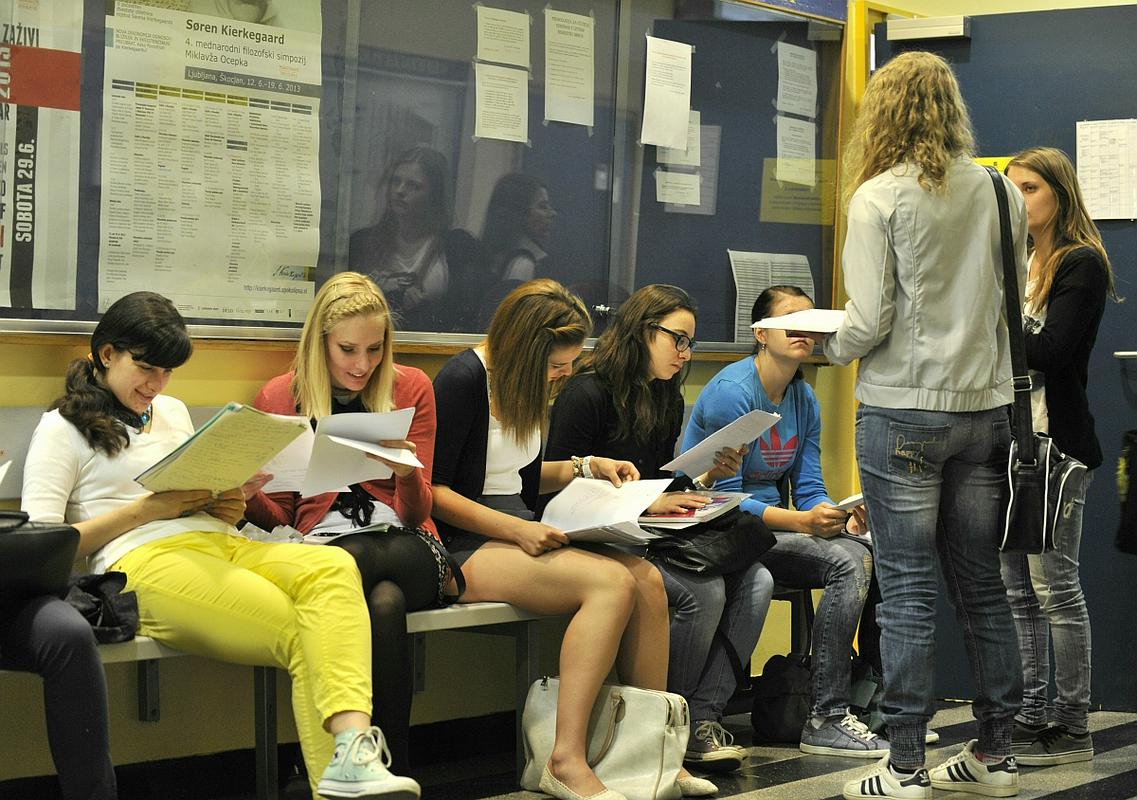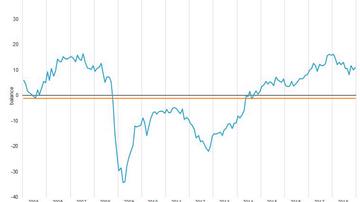
International Youth Day has been celebrated on 12 August in the international community since 2000 and this year its slogan is ''Youth Building Peace''.
The share of the young decreases in Slovenia as well as in the EU
The young represent an important social structure, and with their new skills, gained through the education process, social and technical competencies, play an active part in creating a better and safer society.
On average the young leave their parental households at 28.2 years in Slovenia and at 26,.1 years in the EU
The youth policy is defined as a set of government measures and is oriented towards providing conditions for an easier transition into adulthood with the intention of creating economic and social safety.
The average age of the young leaving their parental households in Slovenia in 2015 was 28.2 years. This age has decreased in the five-year period (in 2010 it was 29.5 years). On average young females left at a slightly lower age (27.2 years) than their male peers (29.2 years).
Data for the EU show that the average age of the young leaving their parental household in 2015 was 26.1 years and that it did not change in the five-year period. The young who were the fastest to leave their parental households were on average the Swedes (19.7 years), the Danes (21.1 years) and the Finns (21.9 years).
In Slovenia 80.4% of the young live in the parental household, in the EU 65.9%
In 2015 the share of the young living in the parental household in Slovenia was 80.4% and was higher than that in the EU (65.9%).
The youth employment rate in Slovenia slightly lower than five years ago and also lower than the EU average
Compared to 2011, in 2016 the youth employment rate in Slovenia decreased in total by 2.5 percentage points. In 2016 the youth employment rate in Slovenia stood at 45.3% and in the EU at 48.3%.
In Slovenia there is a more stable employment type at transition into early adulthood
In 2016 in Slovenia 25.1% of young employees (15–24 years) were in a permanent employment relationship, 25.5% were in a temporary employment relationship and 49.4% had other temporary employment types.

































































